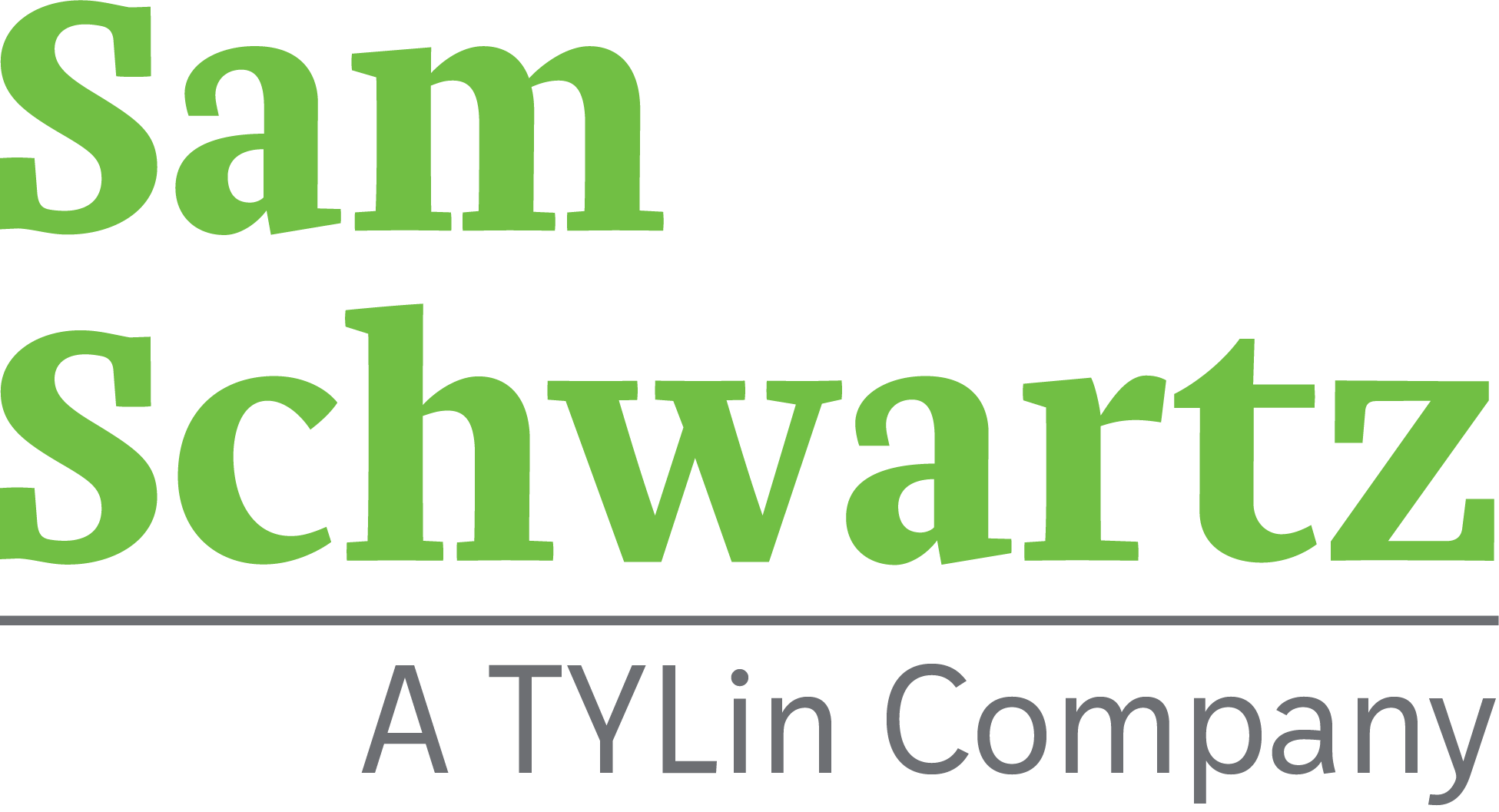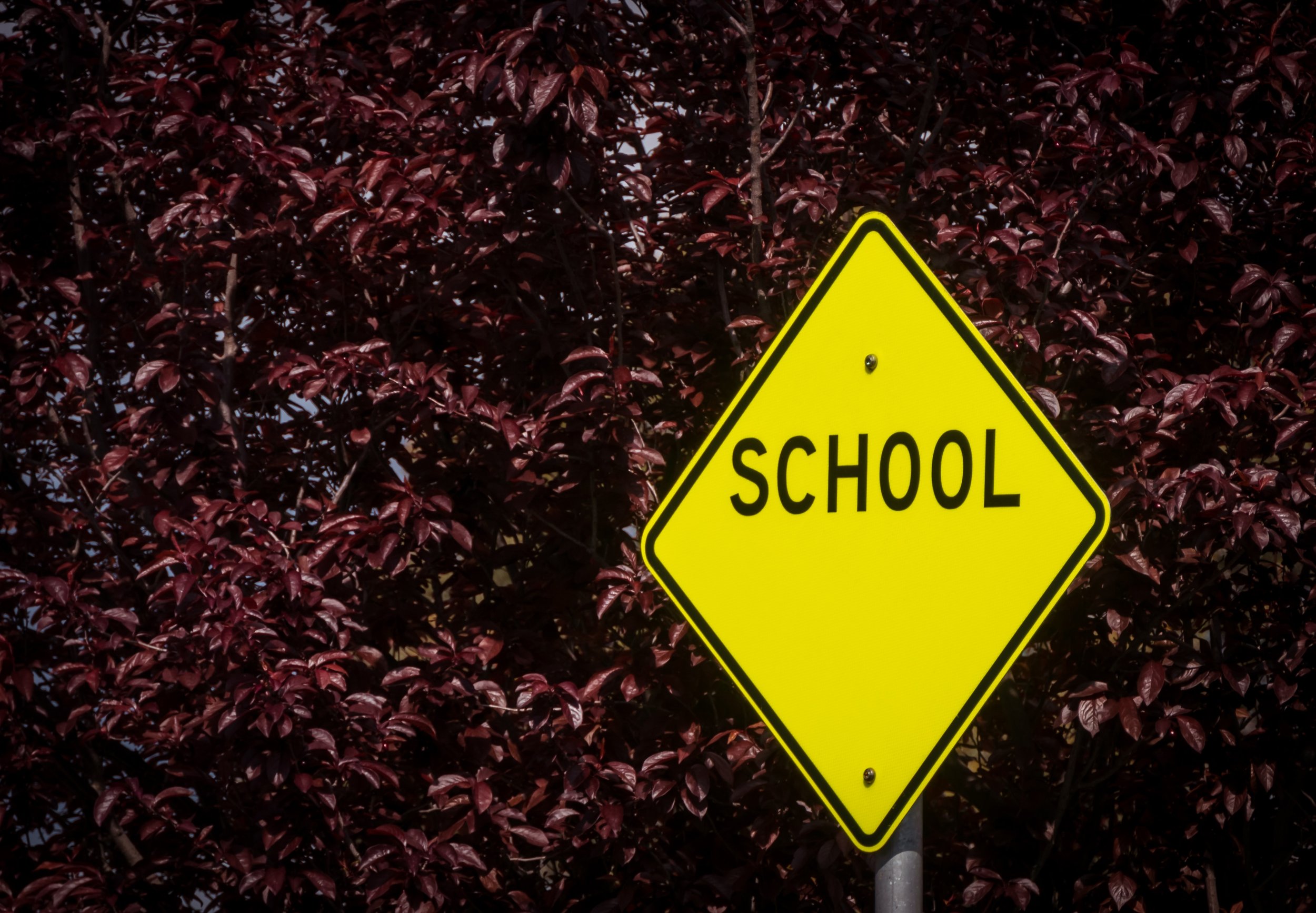Safe Routes to School
By Kelly Conolly, PE, Associate; Jesse McGowan, AICP, Associate; Stacey Meekins, AICP, Principal + National Practice Leader, Complete Streets; and Siddharth Shah, AICP, Senior Planner
We love many things about the beginning of the academic year—the comfort of returning to routine, the crisper autumn days and, on Oct. 4th, a holiday we’re big fans of at Sam Schwartz: National Walk & Roll to School Day. Now and throughout the year, there is a diverse group of people and organizations thinking about how to get kids safely to and from school, and specifically how to make walking or biking an option for them. More walking and biking means more exercise, a more fulfilling school day, and a smaller carbon footprint.
Parents have many variables to think through to get kids to school each morning—like dressing appropriately for the weather, using a planned route, looking both ways for cars, and finding a buddy. Teachers and administrators manage school traffic plans, provide a source of encouragement, and enforce school safety rules.
In parallel, there is a network of planners, engineers and data analysts, at Sam Schwartz and beyond, addressing the design and policy dimensions of that journey. Here are some of the things we think about as we work on Safe Routes to School projects around the country:
Safe Infrastructure
As planners and traffic engineers, we recognize that the physical environment impacts how safe people are while walking and biking to school. Numerous tools are available, including countermeasures that use vertical deflection and horizontal alignment to calm or slow traffic, roadway configurations that give more space to active transportation users, and placemaking features that create a comfortable journey.
Sam Schwartz is helping the Chicago Department of Transportation pilot a local School Zone Initiative, making walking to school safer through a tiered zone approach to determining improvements. Pedestrian safety infrastructure, like bump-outs and raised crossings, are prioritized in the immediate vicinity of the school. Additional signage and pavement markings are considered within a two-block area, while speed limit reductions to 20mph are posted in the wider surrounding neighborhood.
Circulation and Walking Routes
Arrival and dismissal traffic circulation and curbside use is a common safety concern. We have found in our K-12 work around the country that separation of walkers, bikers, buses, and passenger vehicle activity, either by location or time period, is a best practice to improve safety and disperse traffic demands.
Many schools receive grants to prepare School Travel Plans that document specific challenges to walking and biking and identify strategies to address them, often including education, encouragement, and enforcement in addition to infrastructure. There are great online resources provided by Safe Routes Partnership and National Center for Safe Routes to School, among many others.
Make it fun by organizing group travel! A bike bus or walking school bus is a group of students that bike or walk to school together, accompanied by one or more adults. Plus, roviding supervision may reduce parent concerns for safety and increase the number of kids bicycling or walking.
Sam Schwartz worked with the City of Trenton, Greater Mercer Transportation Management Association, and New Jersey Department of Transportation to develop walking school bus routes for elementary, intermediate, and middle schools in New Jersey. Identified routes are primarily low-stress streets with pedestrian facilities, and they are aligned to capture where a large portion of students live.
Education and Communication
Education and communication are key components in getting more kids to walk and bike and getting them there safely. Sam Schwartz and our partners are in schools throughout the City of Chicago, teaching age-appropriate curricula to 2nd, 5th, and high school-aged students as Safe Routes Ambassadors.
These steps can all contribute to better journeys for our kids—and greener, healthier, more livable neighborhoods for us all. Get in touch if you’d like to discuss safer routes to school in your community.





